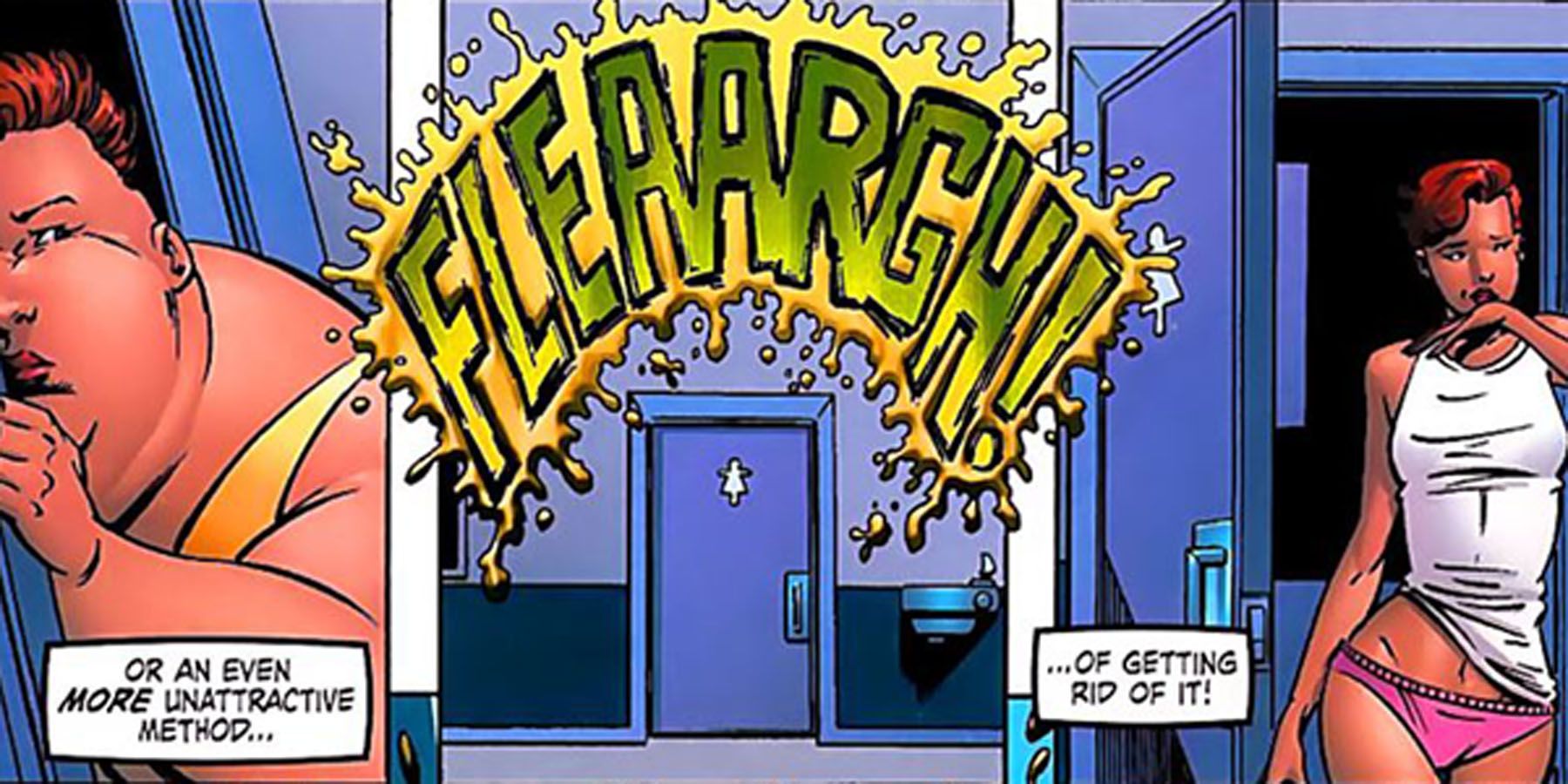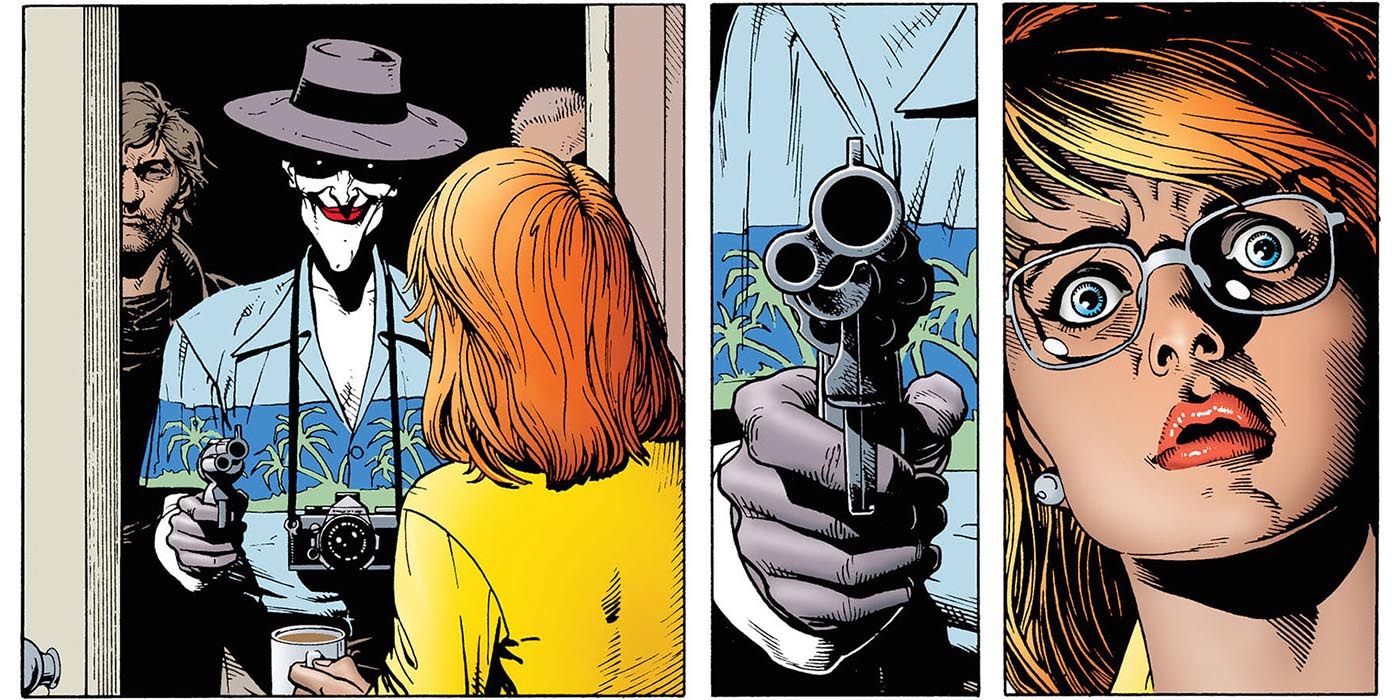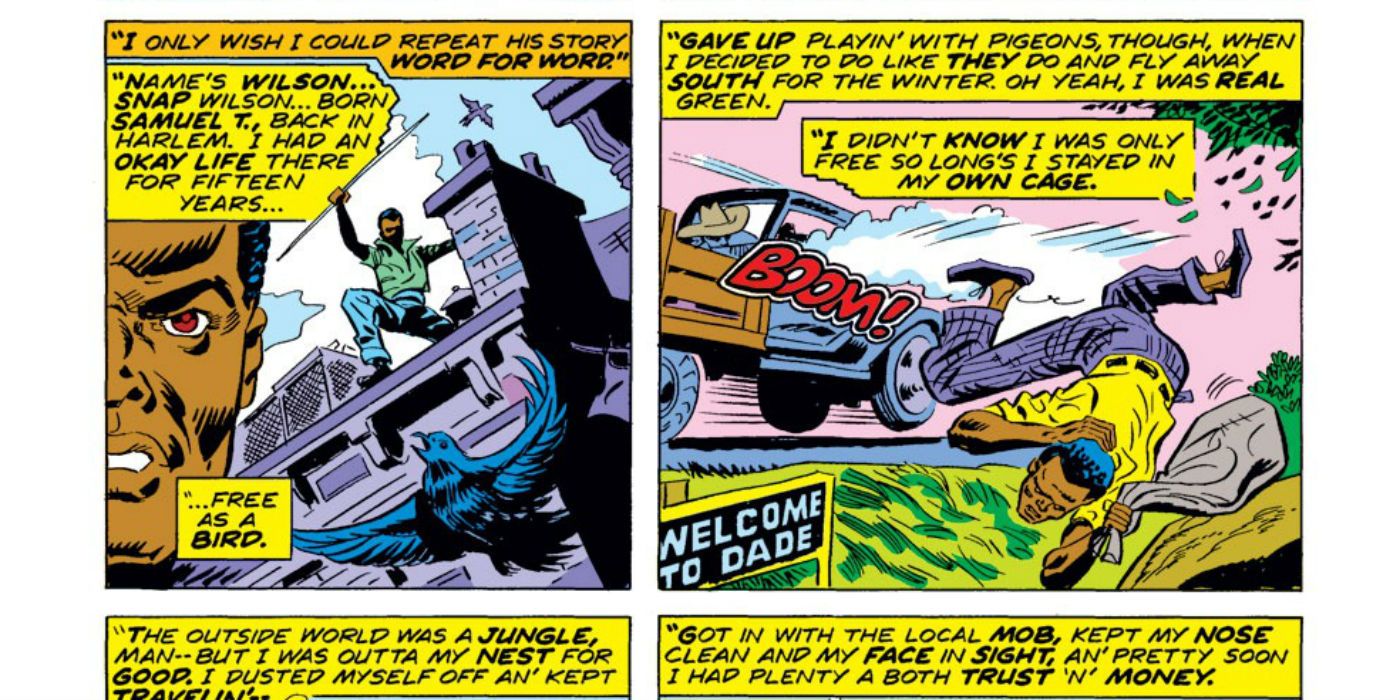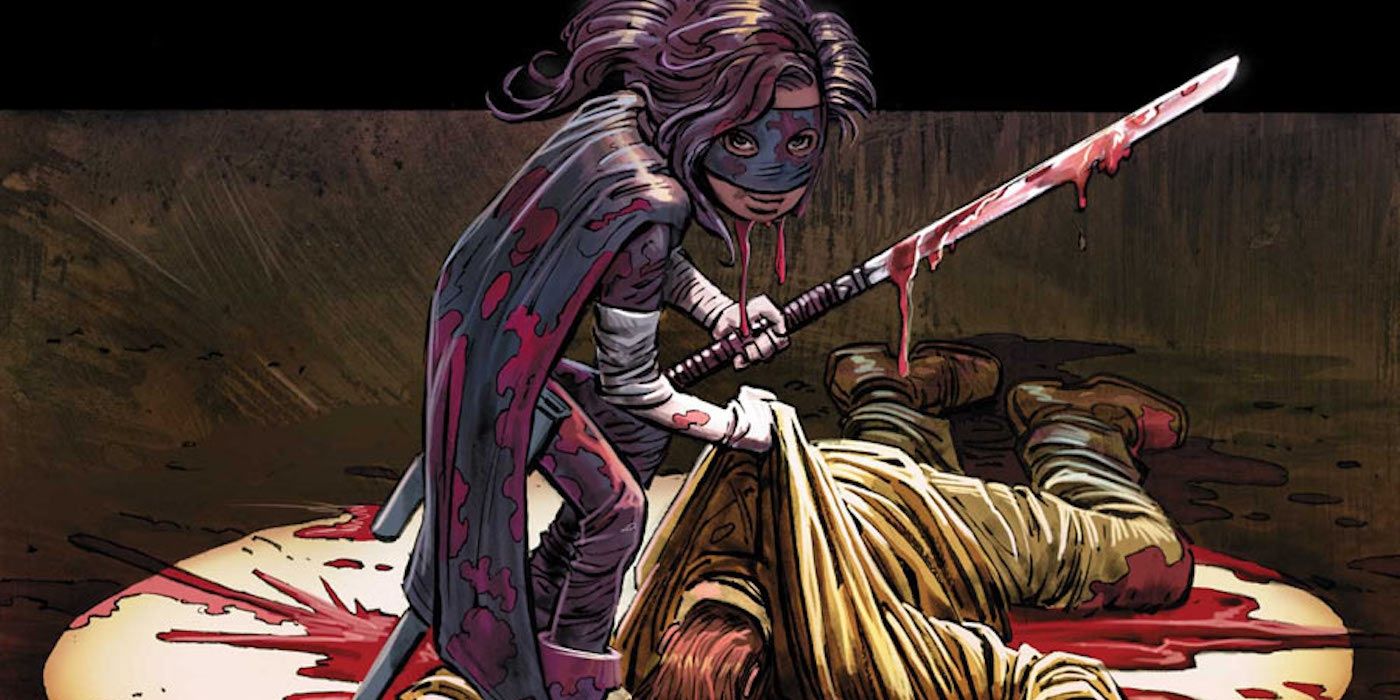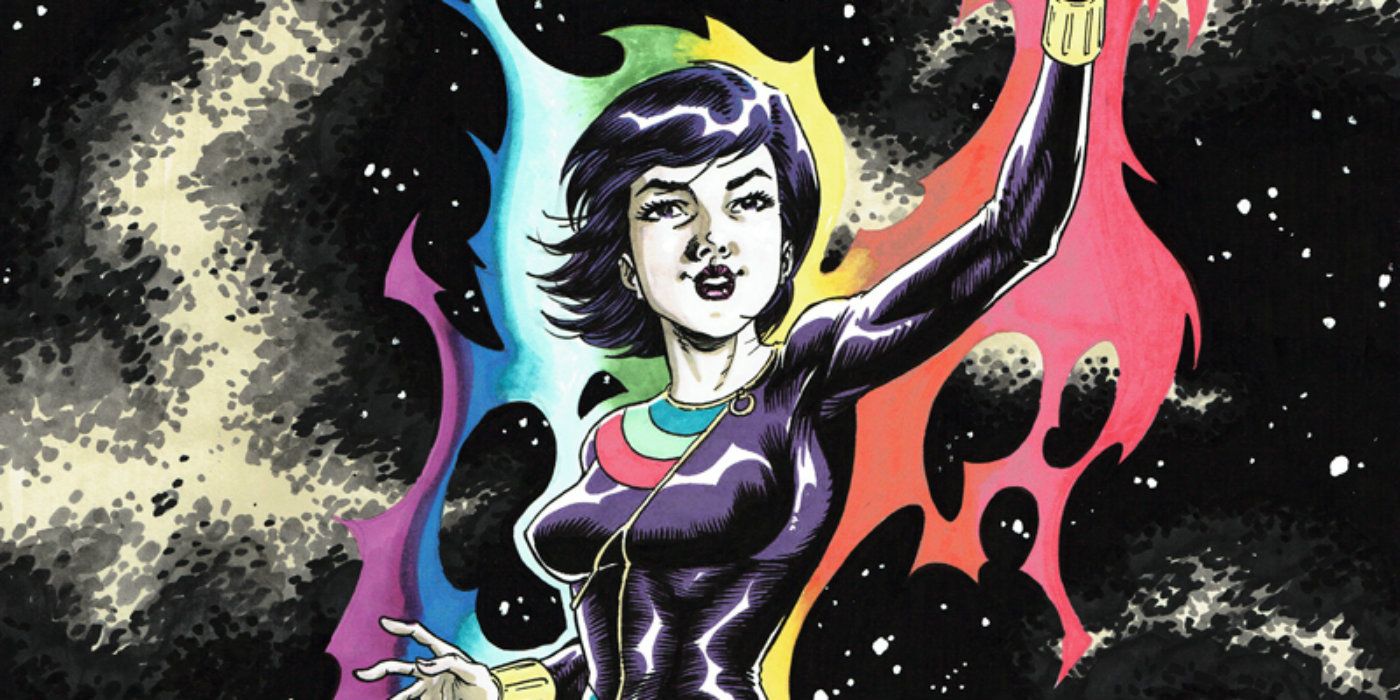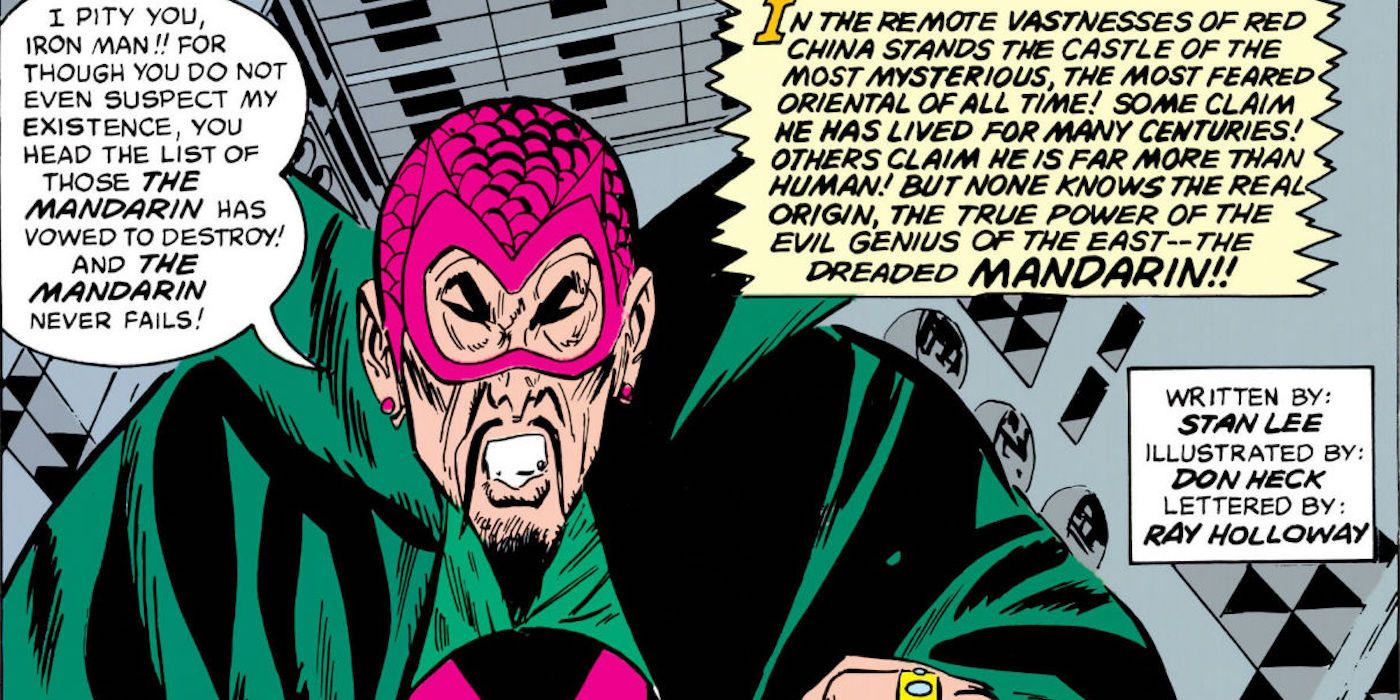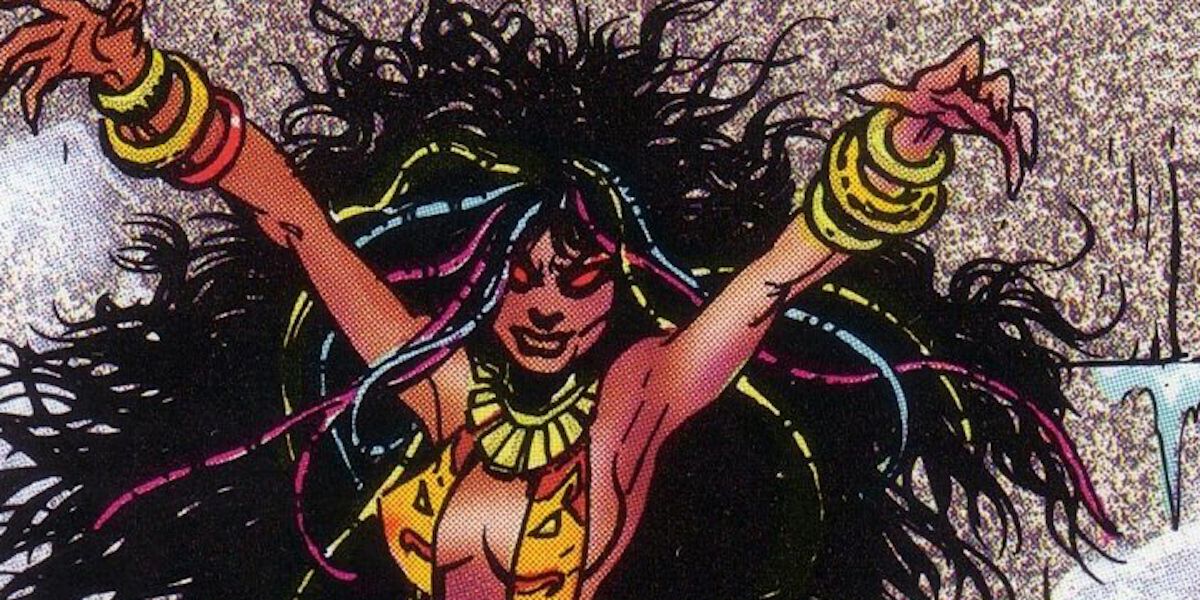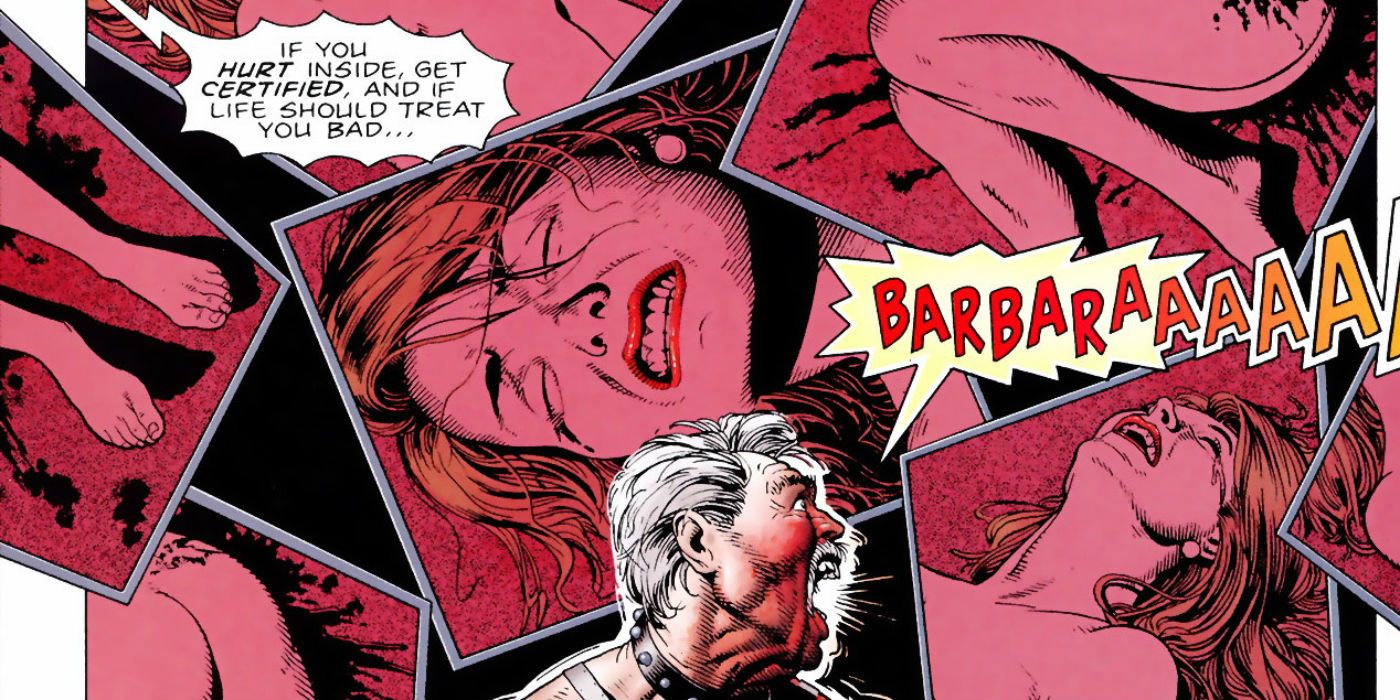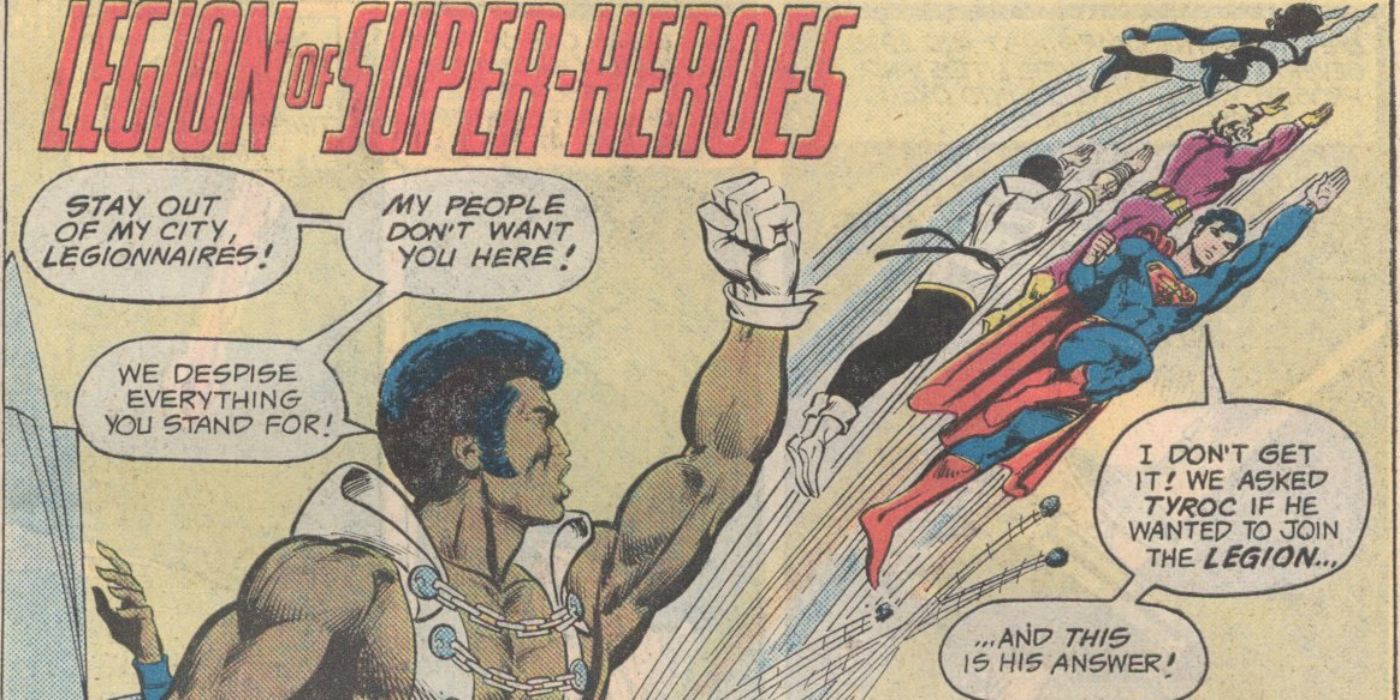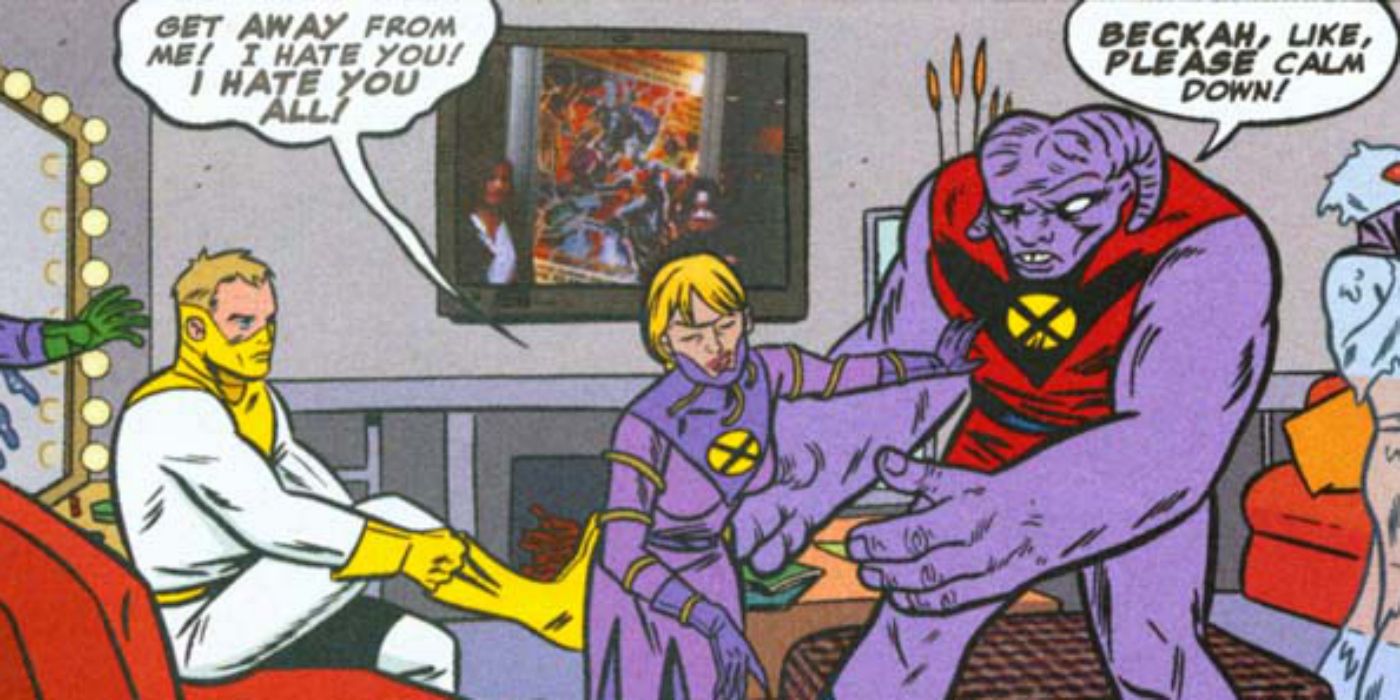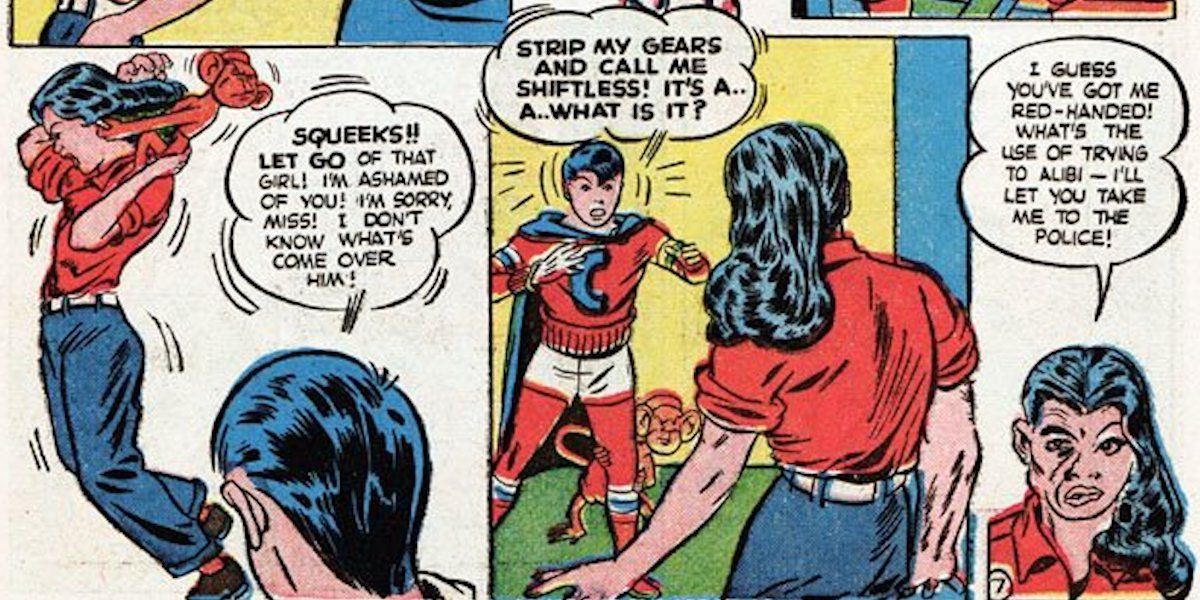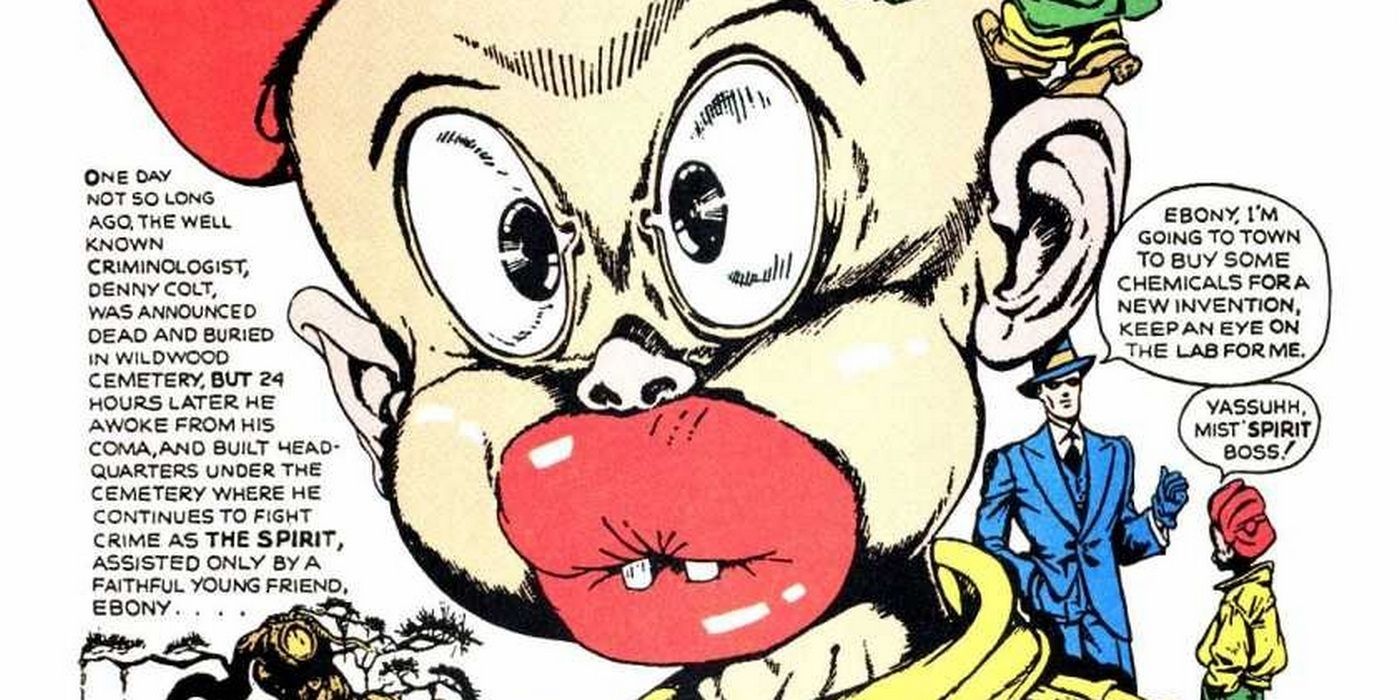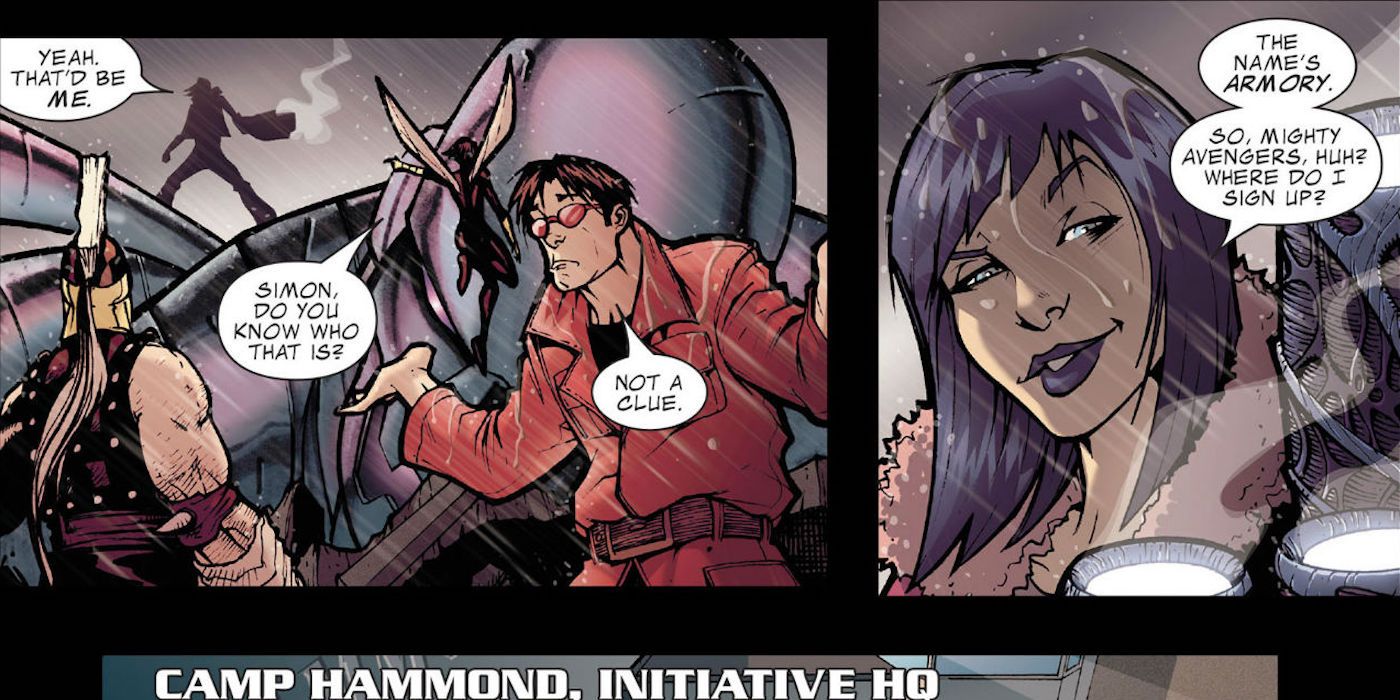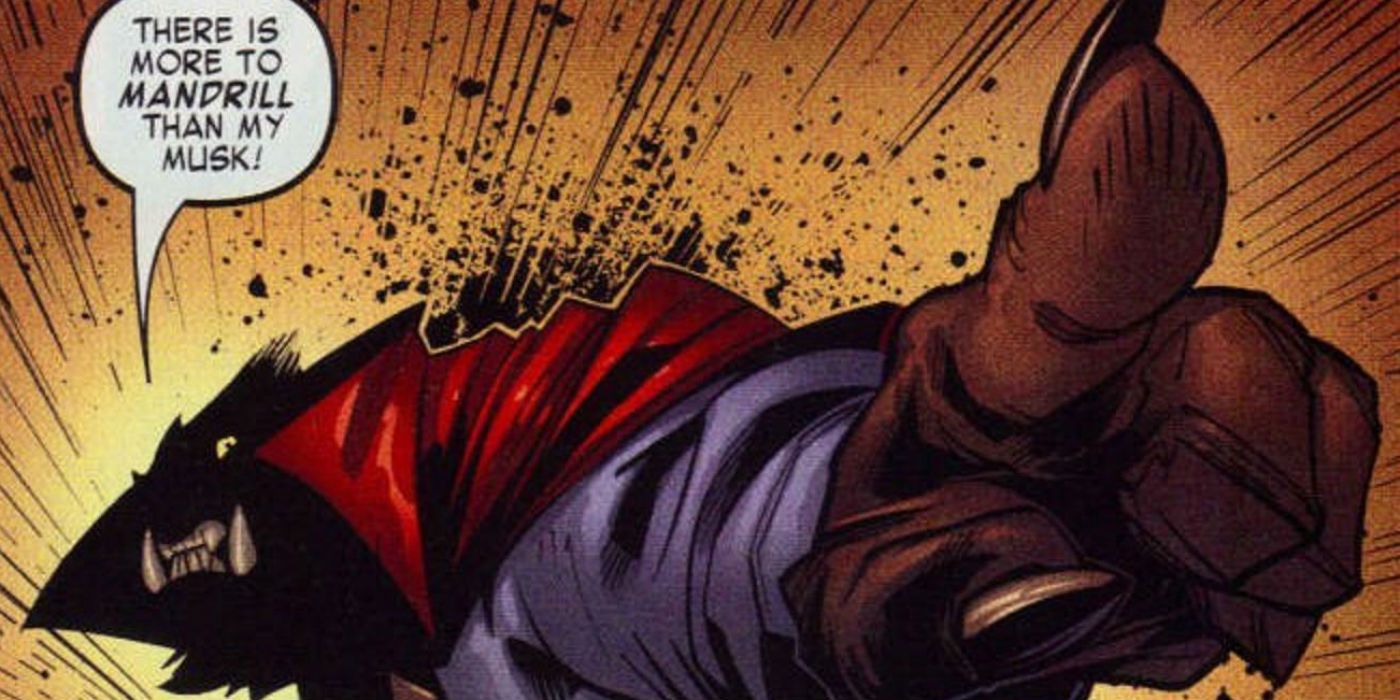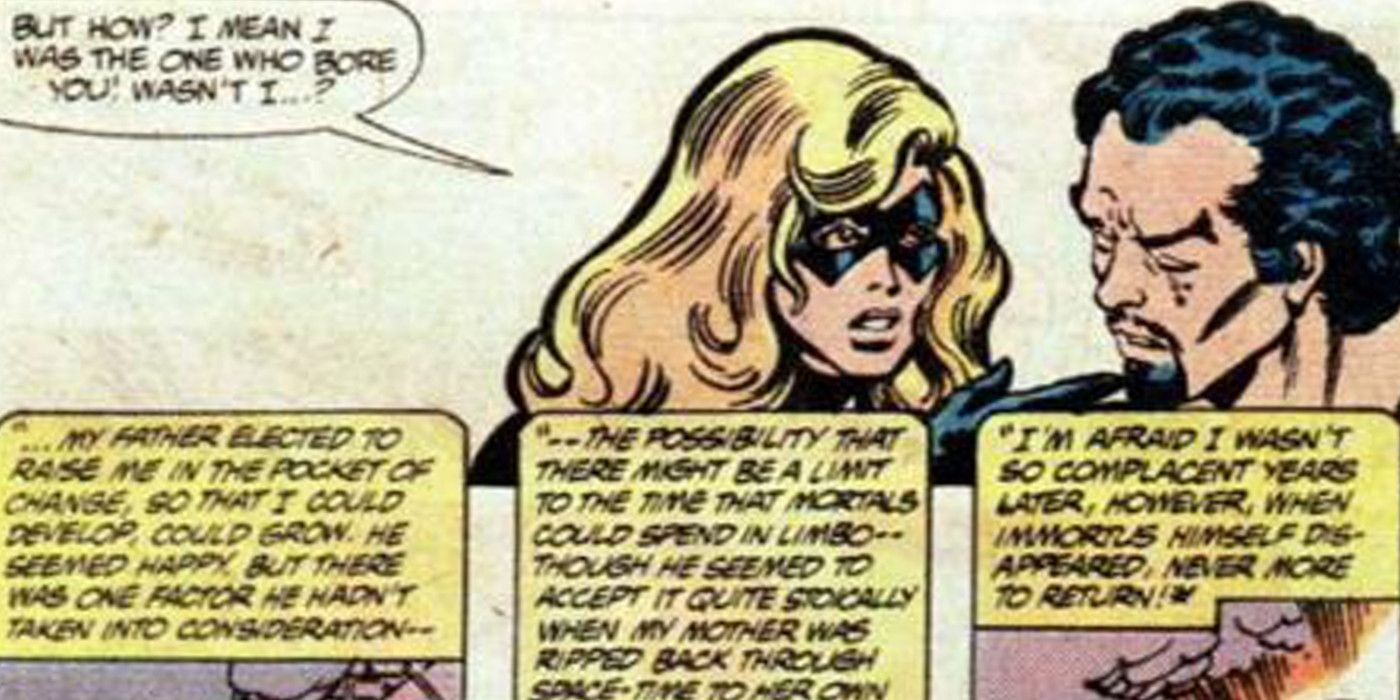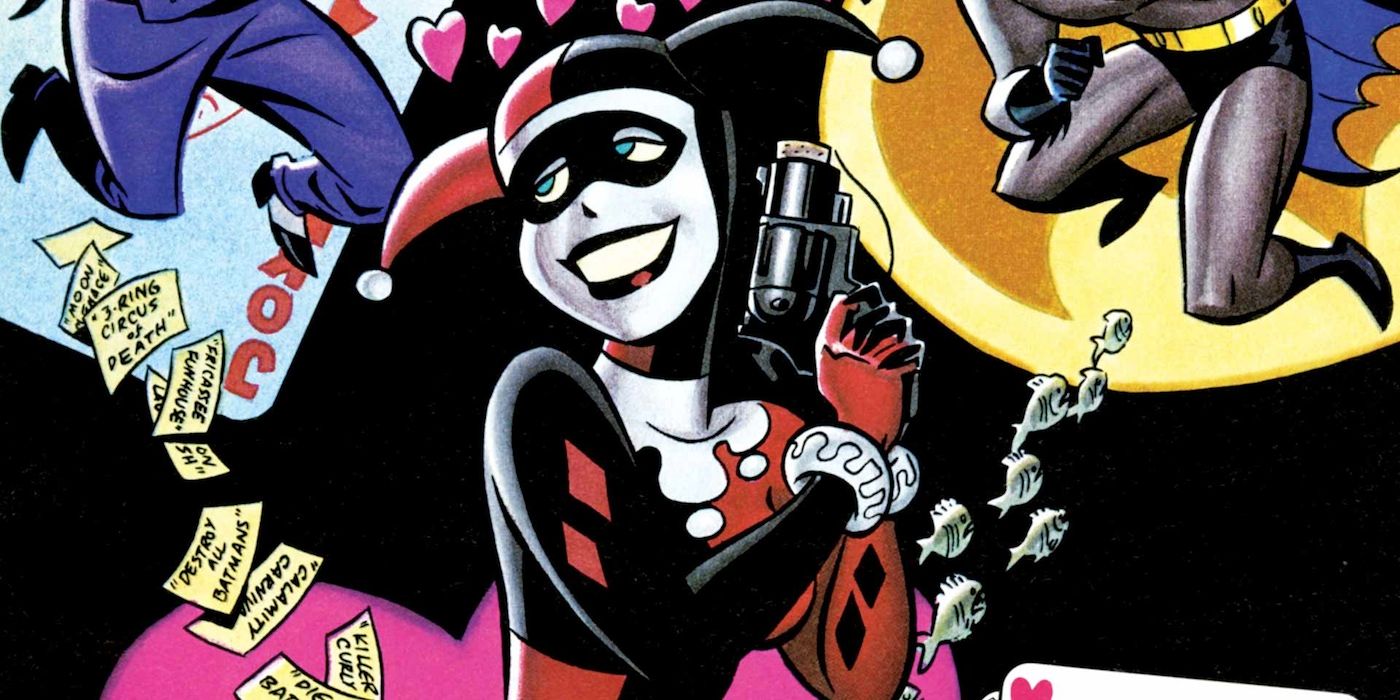Superhero (and supervillain) origin stories have become just as important as the characters themselves in comics. In many cases, ordinary people have transformed into superpowered beings due to a series of chance events that changed their lives. Others were born with or acquired a mutation or deformity that made them superhuman in some regard (X-Men anyone?), or at the very least, gave them the ability to perform some kind of abnormal feat. Their stories are revealed to fans often as a form of inspiration, giving us all hope that under the right circumstances, perhaps we could someday be mighty in our own right.
But occasionally, we come across comic book characters whose superhero (or supervillain) origins are decidedly offensive. Their stories reflect prejudices about race, gender, age, and mental illness held by writers and creators in the comic book industry, usually unintentionally. Sometimes, these characters are also portrayed in an offensive manner, but other times, their later adventures tone down the awfulness. Readers might not even object to these stories at the time of their publication due to accepted viewpoints at the time, but when re-examined years later, they’re revealed as horribly stereotyped (often leading to a retcon of their origins). We’ve compiled a list of some of the Most Offensive Superhero (and Supervillain) Origins guaranteed to make you cringe.
15. Falcon
Back in the late 1960s, a new Captain America ally was introduced during a confusing plot involving Red Skull switching bodies with Sam Wilson, better known as The Falcon, who fought alongside Captain America to try and defeat Red Skull and his Isle of Exiles allies. A short backstory was given in issue #117, where Sam had answered an ad by the Exiles, but instead found himself in a predicament fraught with racism—enslavement by whitey—along with the island’s natives.
Sixty-nine issues later, the already confusing storyline became even more convoluted (and offensive) due to the Cosmic Cube in Red Skull’s possession. Red Skull reveals to Captain America that The Falcon was his creation and that he falsified Sam’s memories in order to appeal to Cap’s freedom loving sensibilities. It wasn’t enough to perpetuate the prejudice of keeping black men enslaved, but in the new, retconned backstory, the writers revealed that Sam Wilson was actually a jive-talking hustler with a criminal past. As a result, they managed to incorporate a multitude of stereotypes about black people, including the racist trope that people of other ethnicities are only redeemable through their "white savior" counterparts.
14. Hit Girl
Hit Girl emerged in Issue #3 of the Kick-Ass comics, surprising everyone (including Kick-Ass) with her foul mouth and murderous precision. A ten-year-old assassin, Hit Girl is seen with her real father, Big Daddy, who has trained her from birth to slice, dice, and shoot the brains out of bad guys. A few issues later, their supposed motives are revealed as revenge for the death of Hit Girl’s mother at the hands of the mob. While revenge seems like a somewhat reasonable excuse for subjecting your daughter to insane amounts of murder and violence, it turns out that it was all a lie.
Not only was Hit Girl’s mother still alive, but Big Daddy had kidnapped his daughter as a baby just so he could give her a “better” life. He manipulated her into hating the mob (and democrats) not to avenge her mother, but as a form of entertainment. It turns out that Big Daddy was just a huge comic book nerd who wanted to live out a fantasy with his daughter as his sidekick, basically insinuating that comic books make people violent and that becoming a murderer is an exciting and perfectly acceptable career path for a little girl.
Understandably, the movie adaptation glossed over this quite a bit.
13. Rainbow Girl
Originally appearing in a 1963 issue of Adventure Comics, Rainbow Girl was shown as a rejected applicant for the Legion of Super-Heroes. She could have just been a one-off character, but her powers and origin were later explained in a compendium called Who’s Who in the Legion of Super-Heroes. Rainbow Girl represents one of the worst stereotypes about women as emotionally manipulative “creatures,” making men their constant victims.
Her powers involve accessing the emotional spectrum and manipulating it using her ultra powerful pheromones. Essentially, she uses her feminine wiles to ensnare the senses, a type of primitive femme fatale who’s only out for personal gain. In fact, her only motive in joining the Legion was for it to further her career in the limelight. She had previously won the Miss Xolnar contest using her powers, but ultimately wanted to become an actress -- making her a willing participant in her own objectification.
12. The Mandarin
While it may seem like a horrible oversight to us now, Asian stereotypes were rampant during the '60s when Iron Man’s archenemy, The Mandarin, was created. Only a few years earlier, Mickey Rooney’s Breakfast at Tiffany’s character, Mr. Yunioshi, was introduced to wide acclaim. The Mandarin was also a direct play off Fu Manchu, the ultimate Asian supervillain from a series of British novels that became the primary portrayal of “orientals” as a whole during the middle of the 20th century.
Like other Fu Manchu-type portrayals, The Mandarin’s origin sought to diabolize Asians, particularly the Chinese, whose “yellow peril” was threatening American democracy during the time. The Mandarin was also plagued with a number of offensive stereotypes about Asians. He was a master of science, he was an expert martial artist, and he used his powers of meditation to form a mental link with the rings he acquired from the Makluans (who are essentially dragon-aliens).
11. Calypso
When she’s first introduced, Calypso’s sole purpose seems to revolve around whipping Kraven the Hunter into a frenzy so that he would actually try to kill Spider-Man. She’s shown as a relentless psychopath — heartless but beautiful, the epitome of a witch hell bent on destroying men. Her scheming and manipulation eventually drive Kraven insane, leading to his suicide (which she blames on Spidey). However, her origins weren’t truly explored until nearly thirty years later during the "Torment” storyline.
One of many Marvel characters that both exoticized and demonized Haitians, Calypso’s origins embodied that stereotype wholeheartedly. Like other Haitian characters, she’s completely identified with voodoo, as if there’s nothing more to being Haitian than their mystic religion. Calypso wanted nothing more than to possess all the power of voodoo, and she “seduced the gods” in order to get it. In fact, she makes blood sacrifices and controls the minds of both animals and people, killing her own sister just to become the most powerful voodoo sorceress around.
10. Oracle
Although Barbara Gordon’s life as Oracle was essentially created by Kim Yale and John Ostrander, her origins begin with Batman: The Killing Joke, where the Joker shoots and cripples Barbara Gordon in order to prove a point to Batman. Her transition from caped superhero to super genius in a wheelchair was used as a mere plot device in order to further a larger story about men and their egos. Although writer Alan Moore has often expressed regret for Batgirl’s ill-conceived arc, he’s not entirely to blame. Editor Len Wein was famously quoted by the now defunct Wizard magazine as saying “Yeah, okay, cripple the b*tch,” when asked by Moore for approval.
Oracle’s origins stem from the Joker’s disregard for human life, but it also justifies violence against women if it’s a means to an end. What was most disturbing about her creation was the sexual undertones of the revenge plot, with the clown taking nude photos of her in order to further humiliate her and -- by extension -- her father. Although Yale and Ostrander did go on to show a positive representation of someone living with a disability, even that was later taken from her in the New 52 when Batgirl was revived (although Barbara’s left with the consolation prizes of survivor’s guilt and PTSD).
9. Tyroc
As you might imagine, one of DC’s first black superheroes has some pretty racially insensitive origins. Tyroc was a member of the Legion of Super-Heroes whose superpower boils down to his ability to scream at people. His name literally means “Scream of the Devil” in the character’s native language. But even though he was considered a superhero, his origins and portrayal painted him much more like a supervillain, at least at first.
Tyroc comes from a fictional place called Marzal, an island full of former African slaves who hate the Legion (and probably white people in general). How convenient to have a bunch of black people segregated altogether on their own island. When the Legion comes to the island, Tyroc actually tells his people that “Racial prejudice died out long centuries ago…but perhaps the legion is behind the times” only to be called “bitter” by Shadow Lass. Those are pretty loaded words coming out of 1940s America, when blackface was occasionally still used as entertainment.
8. Gin Genie
It was probably for the best that Gin Genie was introduced and killed off in the same issue of X-Force. As odd superpowers go, hers were pretty off-the-wall. Gin Genie pumped a mixture of alcohols into her bloodstream, which allowed her to create seismic waves (earthquakes, essentially) that could destroy buildings, vehicles, and people. Basically, she has to get blackout drunk in order to be of use to anyone.
Somehow, she has fans, which are mentioned by U-Go Girl, who also points out that admitting you’re a fan of Gin Genie is “like posting your A.A. membership file on the internet.” We’d guess that she could easily drink anyone under the table, which would probably make her really popular with frat guys. How she got her unique superpowers are never explained, but judging by how she can barely control them enough to not murder her team, we’re guessing something magical happened on one of her midnight benders.
7. Big Bertha
It’s no easy feat to offend both fat and skinny people with the same comic book character. However, Marvel managed to do both with the creation of Big Bertha. Known as Ashley Crawford in her normal life, Big Bertha came about when Ashley heard that the Great Lakes Avengers were recruiting. You see, Ashley has the ability to control her body mass and the distribution of fat by some unseen power.
Naturally, she crafted the “perfect body” and became a supermodel in her regular life. When she’s Big Bertha, she grows larger than a sumo wrestler and can lift fifty tons, disgusting and frightening people in the process. Since Big Bertha is Ashley’s alter ego, it makes it seem as though being overweight makes someone a freak. To make matters worse, in order to go back to her “normal” size, Ashley has to throw up all the excess weight she put on in order to become Big Bertha. Way to encourage bulimia and unhealthy body images, Marvel.
6. He-She
During the Golden Age of comics, a lesser-known publisher called Comic House put out an issue of Boy Comics with a very interesting character. He-She was half-man, half-woman of the sideshow variety, split down the middle in appearance. During the '30s and '40s, hermaphrodites were considered freaks, and they often joined circus sideshows in order to have some sort of gainful employment. Comic House took that concept and turned it on its head, making He-She a murderous villain.
“The deadliest is the female, the strongest is the male...combine the two with the killer instinct - and you have He-She!” shouted the sexist tagline for the comic. He-She not only upholds gender stereotypes with the female side seducing men and the male side swindling and killing for sport, but also manages to offend transgendered people and others who may have been born with disorders in the spectrum of hermaphroditism, like those with androgen insensitivity. He-She is a study in humanity's inability to accept a so-called "freak" into society, preferring to shun them or paint them in a nefarious light.
5. Ebony White
While technically not a superhero, Ebony White served as The Spirit's sidekick and personal taxi driver, occasionally taking on bad guys and helping solve crimes. He was introduced in the 1940s as a racial caricature of black people, with abnormally large lips, big ears, a squashed nose, and buck teeth. Compared to the way The Spirit was drawn, Ebony looked less than human — more monkey than man.
Will Eisner’s insanely racist depiction of blacks extended beyond just an over exaggerated appearance. Ebony’s speech patterns resembled Jim’s from Huckleberry Finn, equating him to that of an uneducated slave who has been trained to obey his white “master.” To this day, Eisner remains unapologetic about Ebony White’s obviously offensive origins, explaining that "at the time humor consisted in our society of bad English and physical difference in identity." Unfortunately, he just gave the people what they wanted, because that kind of stereotyping sold, not the portrayal of a black man as a white hero's equal.
4. Armory
Although an important part of the Avengers Initiative, the way in which Armory got her powers was pretty messed up. Armory grew up in the foster care system and had the unfortunate experience of living in a home infested with spiders. There was also the possibility of trauma associated with the spiders, like perhaps she was neglected or left to fend off the spiders by herself. She later grew depressed to the point of becoming institutionalized, eventually jumping off a bridge to end her suffering.
That was the moment chosen for the origins of her powers. As Armory jumped after losing the will to live, her hopelessness attracted an alien weapon. In a sense, she was deemed worthy due to the emptiness she felt inside. While the concept of a hero whose emotional vulnerability could be seen as a source of strength has potential, choosing to acknowledge it during a suicide attempt is offensive to those who may have lost a loved one to suicide in addition to sufferers of mental illness.
3. Mandrill
As racially insensitive supervillains go, Mandrill is definitely one of the worst. Mandrill’s father was exposed to nuclear radiation before he was born, which somehow caused his offspring to develop a darkened skin tone and excessive monkey-like hair growth. His mutated skin color therefore made him a freak simply because he was born to white parents. Unable to cope with the embarrassment of having a son that didn’t look like them, Mandrill’s a-hole parents left him for dead in the middle of the desert at the age of ten.
But making black children self-conscious of their skin color wasn’t enough, apparently. Mandrill also developed a superpower triggered by an attack on him in the desert. Like Rainbow Girl, he could control his pheromones — attracting and controlling women — even going so far as to keep them as his personal sex slaves. He even organized a crime organization called Black Spectre, which with made up of his black female followers who wanted to overthrow America. Talk about promoting your white supremacist politics.
2. Marcus Immortus
Immortus’ son, Marcus, has a backstory as effed up as it is confusing. As Immortus exerted a kind of mind control over an Earth woman he chose to keep him company in Limbo, Marcus was born out of rape. Since he was born in Limbo, he couldn’t leave unless he found a loophole that wouldn’t cause a rift in time. So, Marcus chose to emulate his father by finding his own Earth woman (this time, Carol Danvers' Ms. Marvel) and manipulating her to love him so he could impregnate her.
You’d think she would then be carrying their child, but in actuality, it was Marcus himself coming to term within her. When Ms. Marvel gave birth, it was Marcus who came out, though he rapidly aged to how old he really was in Limbo. So does that make him his own son and father? We’re not even sure we want to think too hard about how gross and disturbing that is. All we know is, it’s never ok to use your powers to make someone love you. Even Genie from Aladdin knew that was taboo territory.
1. Harley Quinn
Harley Quinn is a unique addition to this list, because her origin really starts in Batman: The Animated Series rather than within the pages of a comic. However, the full explanation of how she went from Arkham psychiatrist to Joker's sidekick/lover came about in the graphic novel entitled The Batman Adventures: Mad Love. Before she was Harley Quinn, she was Harleen Quinzel, engaging the Joker in psychoanalysis in order to better understand him. Somehow, her scientific interest in him turned into an obsession, with the Clown Prince of Crime using the opportunity to manipulate her into becoming his lover and accomplice.
Despite his constant emotional and physical abuse, Harley continued to blindly love and follow him, even turning to Poison Ivy to build an immunity to toxins. Harley and the Joker’s unhealthy relationship downplays the actual destructiveness of abuse and instead paints it as something cute and acceptable. Harley’s only a villain in so far as she allows Joker to think for her, as everything she does, she does for him.
--
What other comic book origins stand out to you in the offensive department? Let us know in the comments!

